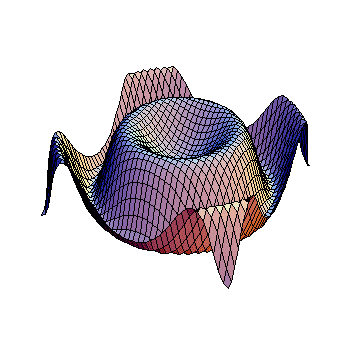Question #7a8d5
1 Answer
Explanation:
The range is every value of
As for range, a logarithmic function such as the one presented can take every value between minus infinity and infinity.
You can either look at the graph, you can plug in arbitrary values and see how the function behaves, or think about it conceptually, since every number between 0 and 1 (non inclusive) has a unique negative logarithm, and every number between 1 and infinity has a unique positive or null logarithm and there are infinite numbers in those range, then the function must span from minus infinity to infinity. So range
Now, logarithmic functions can only take non-zero, positive arguments, so we must make sure that
Which is an easy inequality to solve
So the domain
Also, protip, to write a log of any base write log_k where k is the base. The underline makes stuff subscript, although the base e logarithm is often written as ln for shorthand (because it's the natural logarithm).

